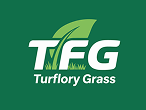How to Choose the Right Artificial Turf
A Complete 2025 Buyer's Guide
Modern synthetic turf has transformed how we design outdoor spaces. Once limited to stadiums, it’s now a go-to choice for residential lawns, playgrounds, and even rooftops. The main benefits of artificial turf include low maintenance, year-round greenery, and impressive durability. It saves water, eliminates mowing, and stays lush even under heavy use. For families, the right turf means a soft, allergen-free surface that’s both safe and eco-friendly—making artificial turf a long-term, sustainable investment.
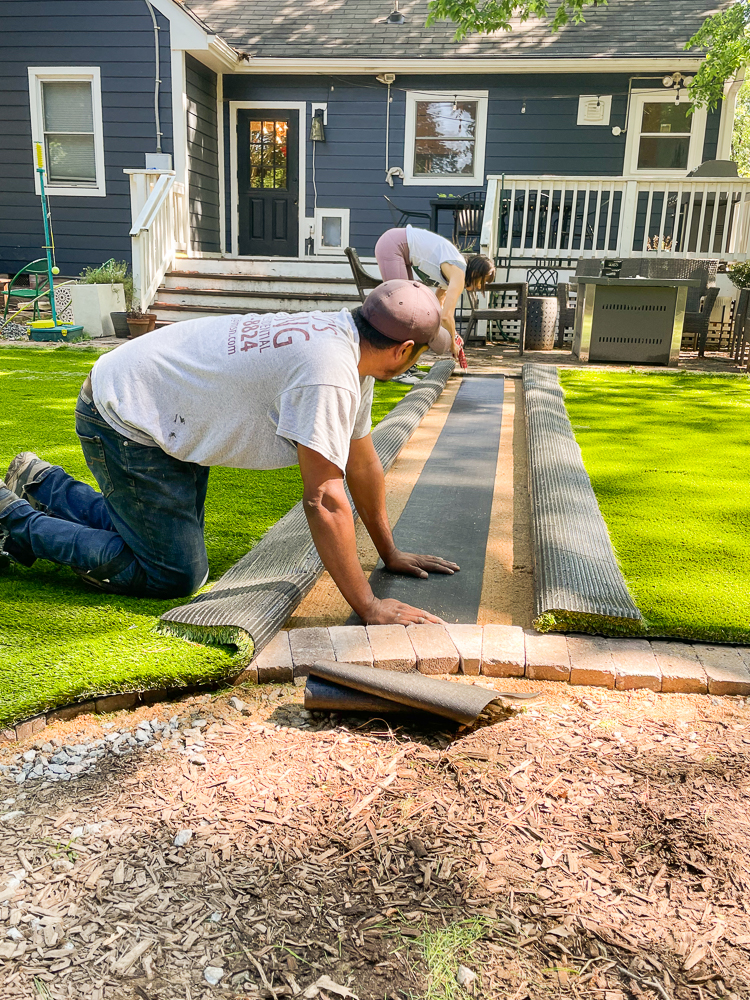
Choosing the best artificial turf requires balancing looks, function, and budget. Start by considering how much traffic your area gets and what visual effect you want. For high-use zones like play areas or turf soccer fields, resilience is key. Residential settings may prioritize softness and realism. Also, think about your climate—UV exposure and rainfall affect performance. Understanding these elements ensures you invest in the right artificial turf that complements your space’s purpose and conditions.
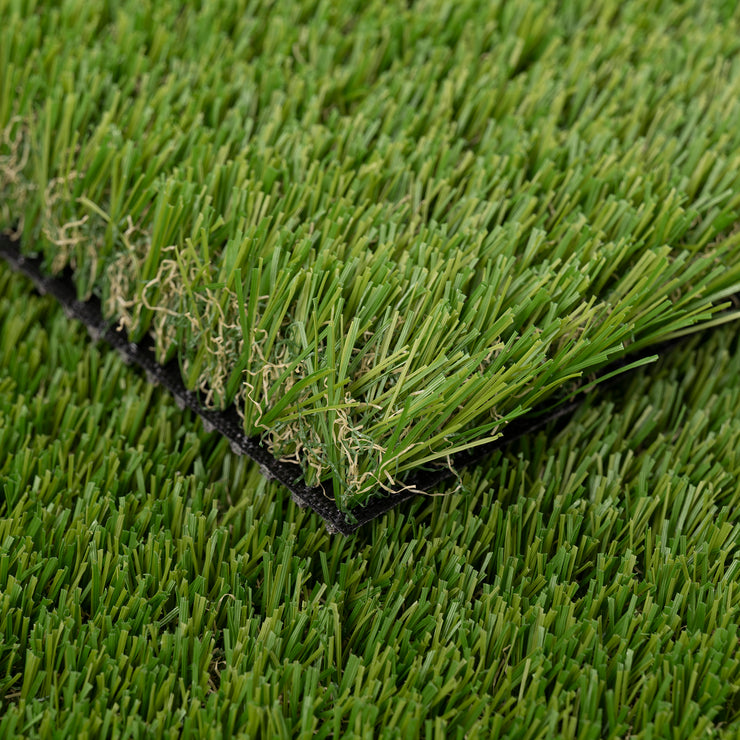
The fiber material of your artificial turf impacts its softness, strength, and price. Polypropylene is affordable and suitable for decorative use. Polyethylene, the most popular choice, delivers the ideal mix of softness and durability, perfect for the right turf at home or on a small sports field. Nylon is the toughest, preferred for professional turf soccer surfaces. Understanding these materials helps you pick the best artificial turf for your lifestyle and environment.
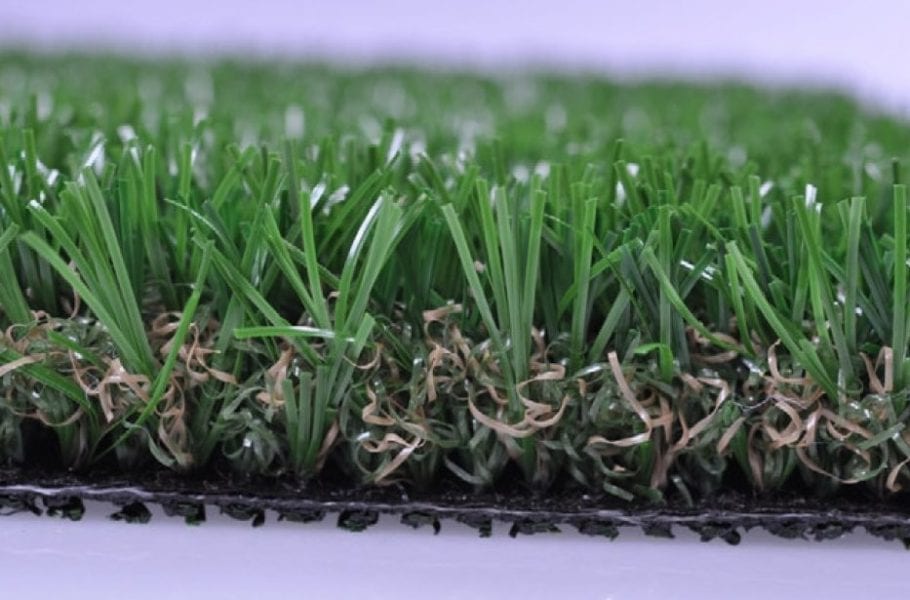
A high-quality backing ensures that synthetic turf fibers remain secure, while an effective drainage system keeps your lawn clean and dry. Backings made from polyurethane or latex provide strength, and perforations allow water to pass through efficiently. Without good drainage, even the best artificial turf can develop odor or mold issues—especially in pet turf areas. Always check drainage capacity when selecting from any artificial turf company.

Infill is what gives artificial turf its realistic cushioning and support. Silica sand provides firmness, rubber infill adds bounce, and organic options—like cork—are great for heat control. For turf soccer, rubber or mixed infills enhance traction and shock absorption. Meanwhile, the right artificial turf for your home may use sand infill for a natural feel. Each type affects playability, comfort, and longevity, so choose according to your usage needs.

Different spaces require different types of synthetic turf. Homes, pet zones, and sports fields each demand specialized features. Whether you’re creating a relaxing lawn or a durable turf soccer pitch, selecting the right turf ensures performance and appearance. Evaluate fiber type, pile height, and infill to match the surface to its purpose—resulting in a cleaner, more comfortable, and long-lasting outdoor experience.

When it comes to pet turf, durability and drainage are crucial. Shorter pile artificial turf (20–30 mm) handles pet activity while remaining easy to clean. Look for antimicrobial infills and perforated backings that allow quick water and urine drainage. A reputable artificial turf company can recommend the ideal setup to keep odors away and provide a safe, mud-free surface for your pets to play year-round.
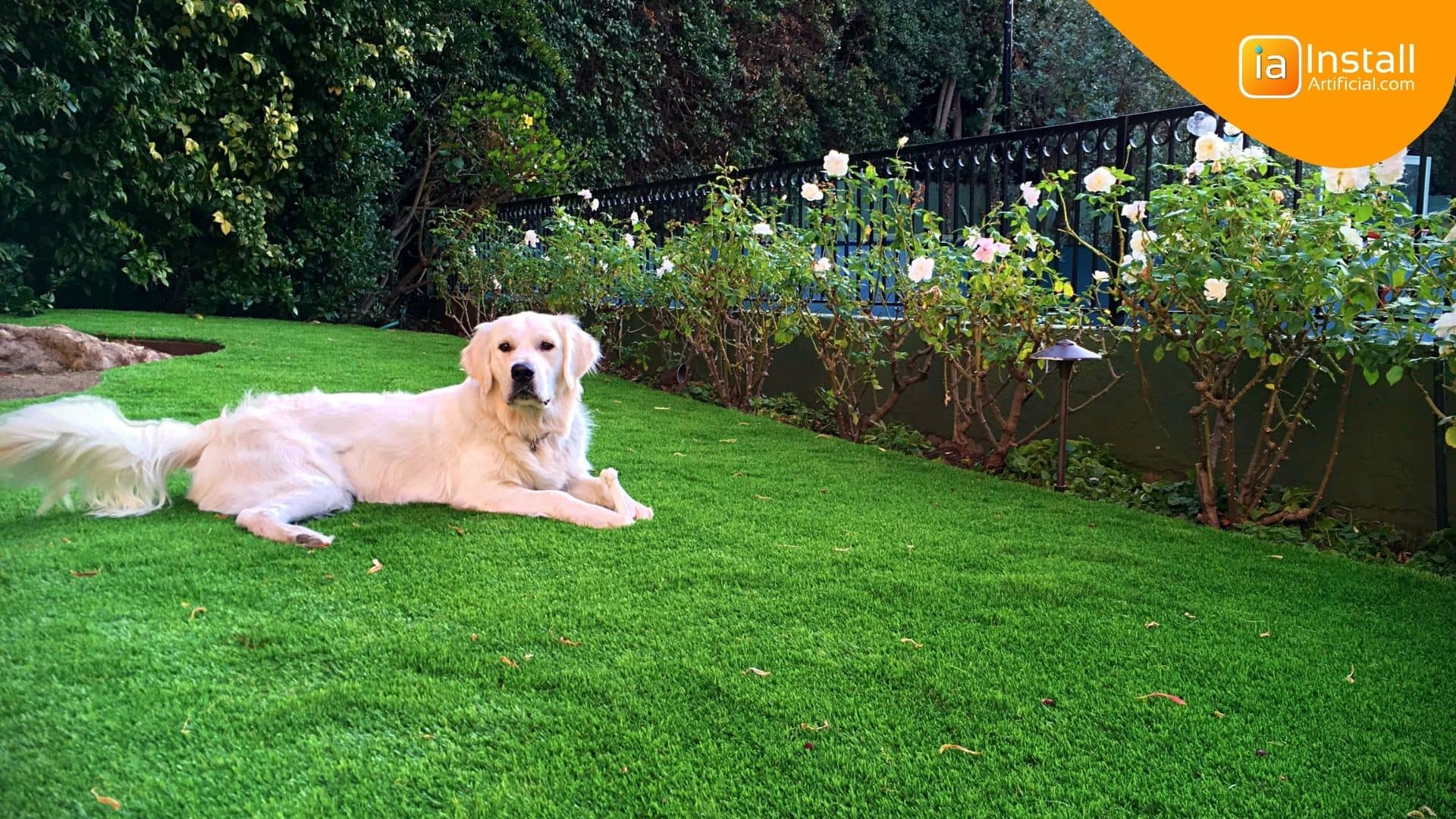
High-performance turf soccer fields require robust materials and consistent traction. Nylon or polyethylene blends deliver excellent rebound and stability. With a pile height around 40–50 mm and rubber infill, synthetic turf mimics natural grass performance while staying durable under heavy play. Professional artificial turf companies often tailor installations for sports environments to ensure player safety and reliable performance in all weather.
Understanding artificial turf pricing means considering both materials and labor. While initial costs are higher than natural grass, savings come from reduced maintenance, water, and fertilizer. Premium synthetic turf can last over a decade with minimal care. When comparing quotes, analyze product type, pile density, and UV stability. Investing in the best artificial turf now pays off through years of consistent quality and visual appeal.

Before purchasing, request detailed estimates from multiple artificial turf companies. Reliable providers list all costs, including ground preparation, infill, and labor. Ask about warranties, fiber material, and UV protection ratings. Checking online reviews and previous installations helps you choose the right turf partner. Comparing specifications rather than just price ensures you receive true value for your investment.
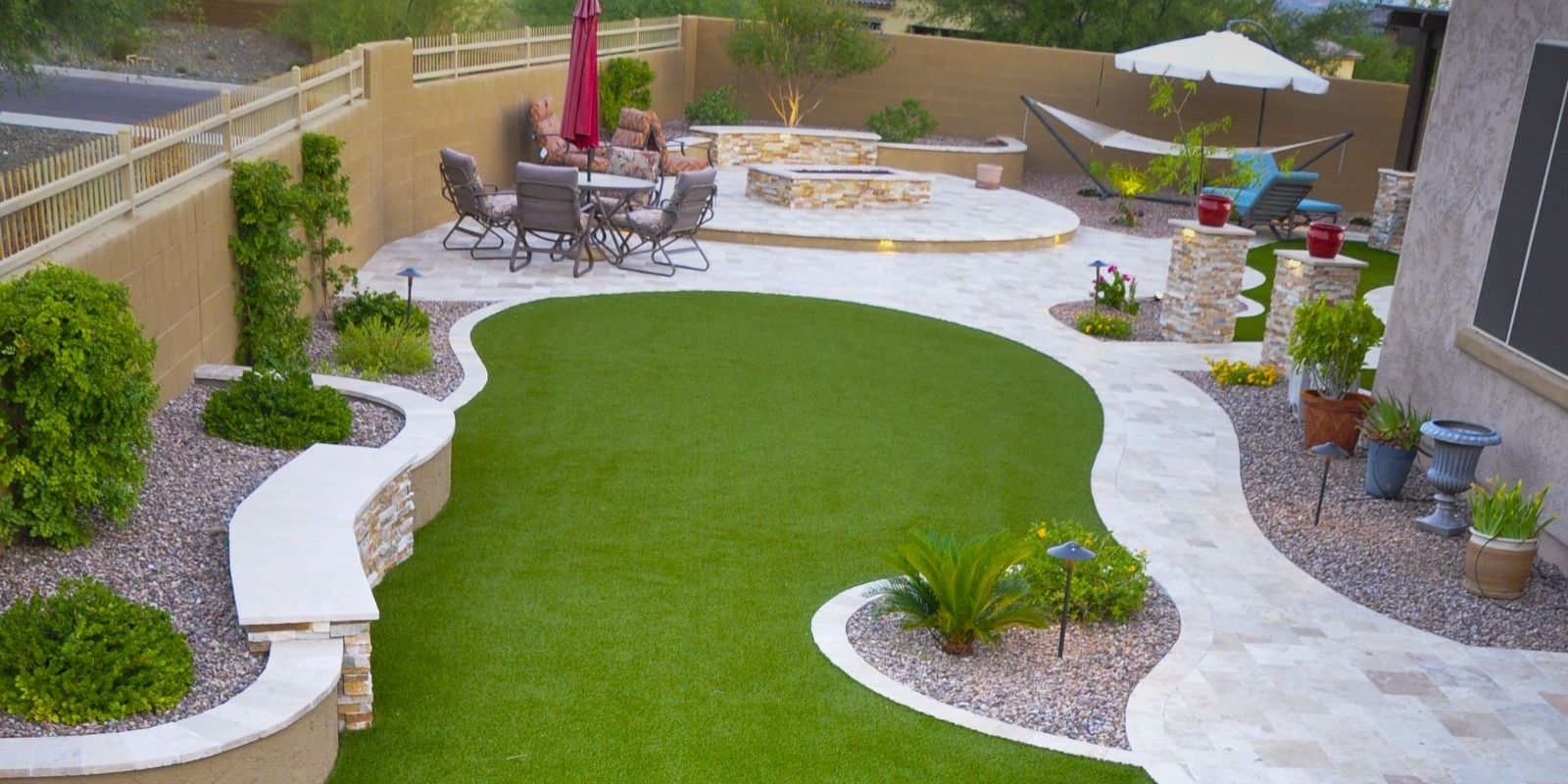
The artificial turf installation process starts with clearing existing grass and compacting the soil base. Installers add a crushed rock foundation for drainage, then roll out and trim the synthetic turf. Seams are joined with adhesive or nails, and infill is brushed evenly. Professional installation from an experienced artificial turf company ensures smooth results. Once complete, your new lawn—be it a pet turf area or backyard retreat—will be ready for long-term enjoyment.

Q: How long does artificial turf last?
A: Premium synthetic turf can last 10–15 years.
Q: Is it safe for pets and kids?
A: Yes, pet turf is non-toxic and allergen-free.
Q: Can artificial turf handle heavy rain?
A: Quality drainage ensures water flows through easily.
Q: Does turf soccer perform like natural grass?
A: Yes, high-end turf soccer systems replicate real grass performance.
Q: How do I maintain the right turf?
A: Simply brush and rinse occasionally to keep it fresh.
